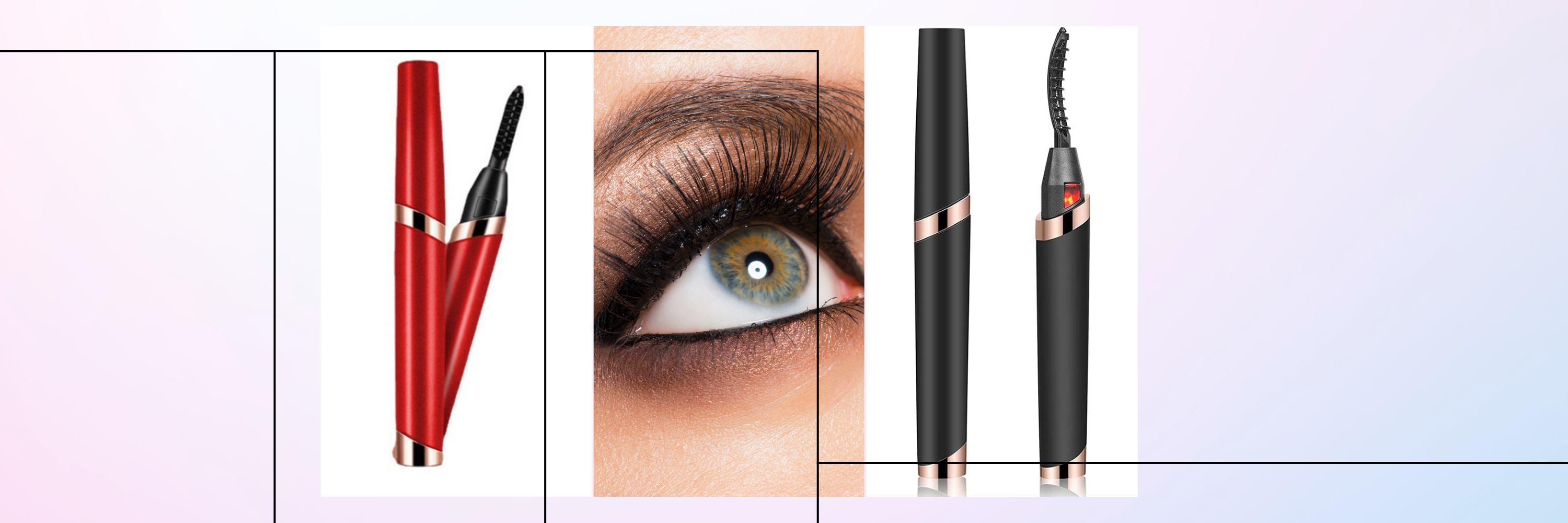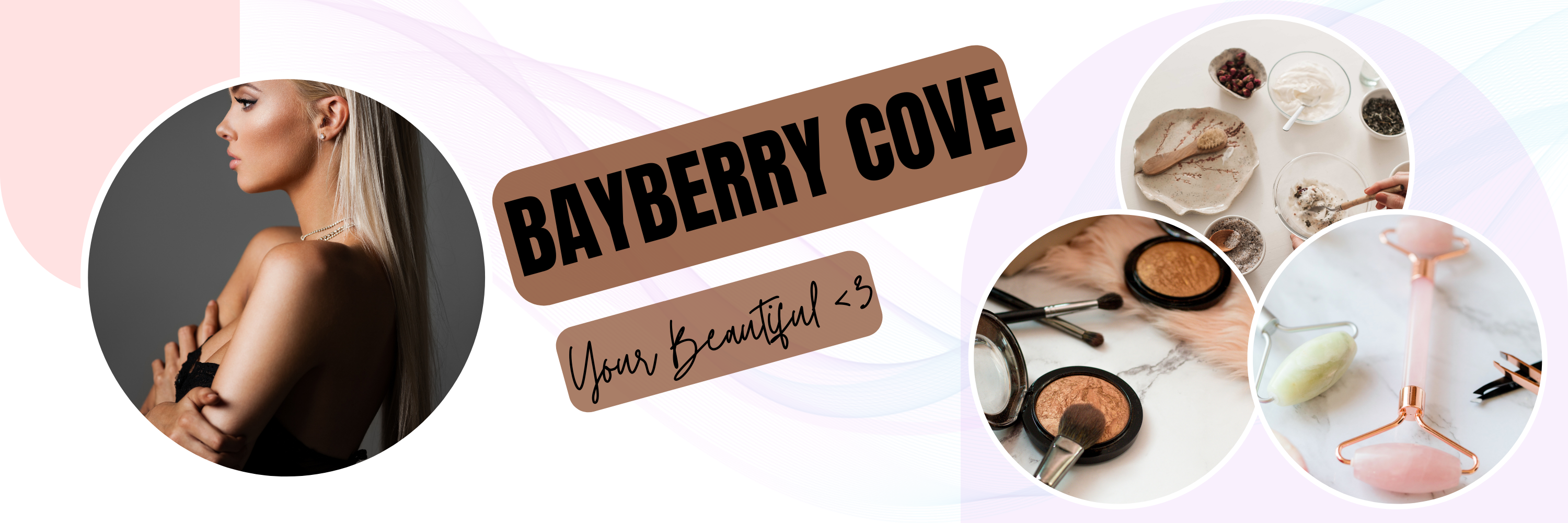
KEEP UP WITH ALL THE BEAUTY TRENDS AND STYLES
SUBSCRIBE


BayBerryCove™ features a carefully calibrated heating element that heats up in the blink of an eye, giving you instant access to glamorous lashes that last for 48 hours+!The curved head fits the natural shape of your lashes, ensuring every lash gets the attention it deserves, leaving you with smooth, natural-looking curls lashes that frame your eyes beautifully


WELCOME
Bayberry Cove is a beauty depot for all things beauty: from the latest hair trends, make up tips, and beauty hacks, our mission is to help you not only look beautiful but also feel good. So happy to have you here babe, xo
Blogs-
Shop-
Hair Care
Click here to learn moreIn order to have desirable and stunning hair, you have good hygiene and follow hair routines to ensure not only your hair is being taken care of but also your scalp. The following contains blogs to help you easily achieve your dream hair.
-
Make-Up Tips
Make-up is a form of art, where one can express themself. You can change your appearance with the magic of make-up, whether it's for a special occasion or just to have that confidence boost on the daily. You're at the right place if you want to learn more about the glamours of make-up...we have all the best tips and hacks for you!
-
Hair Trends
Styling your hair can literally become a personality trait... from Beach waves to Highlights to extensions to braids, to the accessories, the things you do to your hair that make it stand out and complement you are endless. We have all you need to keep up with the latest hair trends and styles that will get you having complements on the daily.

FREQUENTLY ASKED QUESTIONS
Can I track my item?
YES! Once you have placed an order with Bayberry Cove, you will receive an an order confirmation email with a tracking number.
why subscribe to our emails?
When you subscribe to our email, will send you you the latest beauty trends and hacks to help you look and feel better. We will also send you discounts and updates on the best products.
How long does shipping take?
Shipping take 7-45 days depending on the product.